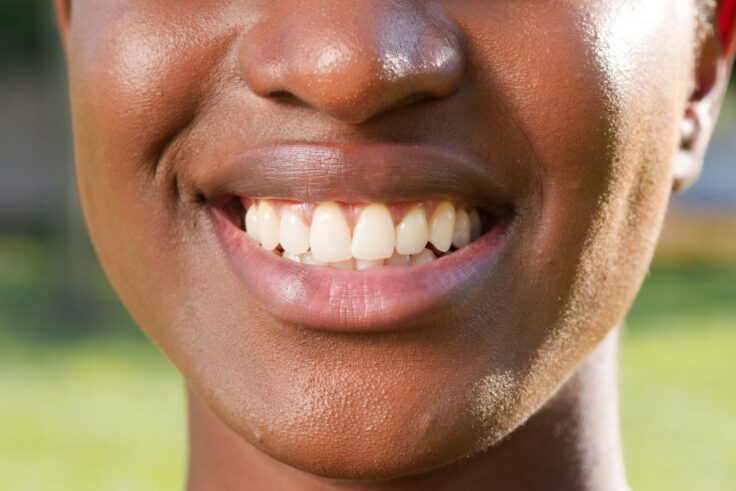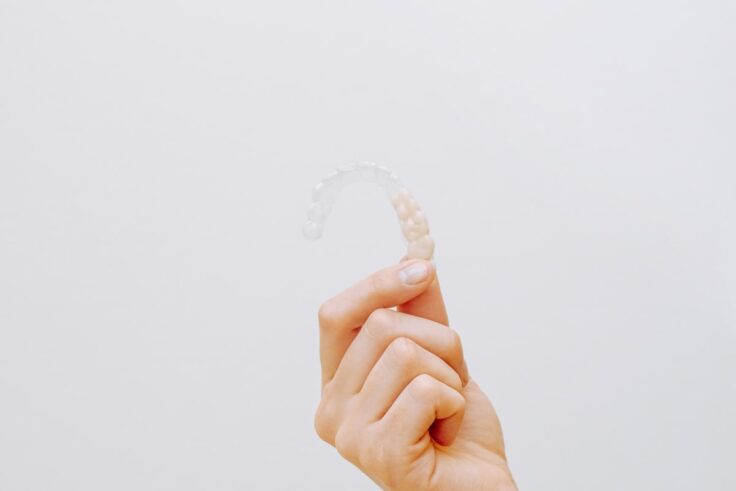Teeth Straightening Options: Braces vs Aligners

The most popular teeth straightening options include braces and aligners. But which method suits you best? Let’s find out!
According to Humana, the number of Americans with braces is greater than 4 million. Adults account for roughly a quarter of these individuals.
Braces have often been presented as a part of childhood in movies, television shows, and other forms of media in the past.
This created a stigma that has caused many older individuals who need them to hesitate. But a larger portion of the older population has begun to invest in teeth straightening.
However, braces are not the only options out there for fixing crooked teeth and crooked teeth are not all braces fix. As mentioned on Best Oral B Electric Tooth Brush, aligners are another popular choice.
If you are thinking about a visit to an orthodontist in Queen Creek or wherever you live but want to know more first, here is a brief intro to the different methods of teeth straightening out there.

What Are The Different Kinds Of Braces?
You probably already know what braces are – a technique where the slow application of pressure is used to push teeth in the right direction.
Did you know, though, that there is actually more than one kind?
Most people are aware of the traditional metal brackets that line the front of the teeth and are secured with metal wires. But other types include:
1. Lingual Braces
These are essentially traditional braces in a different position; rather than being on the exterior of your teeth, they are placed on the inside.
Their biggest benefit is the lack of visibility and the downsides include discomfort, less effectiveness, more difficulty involved in cleaning and a longer time required to achieve results.
2. Ceramic Braces
These are similar to traditional braces, with the difference being that the brackets are clear or the same color as teeth, making them stand out less.
3. Self-Ligating Braces
They consist of brackets (ceramic or metal) held together with doors or clips rather than rubber bands. As a result, they are easier to adjust and clean around.

What Are Aligners?
These are a removable alternative to braces, clear retainers that can be easily taken in and out.
The most well-known brand of the aligner is Invisalign. They are made of plastic and operate on the same principle as braces, the gradual application of force to shift teeth.
Since they are clear, aligners come with the benefit of not significantly altering a person’s appearance, eliminating some of the reluctance associated with self-consciousness.
Braces Or Aligners?
There are many considerations when picking between aligners and braces. One of the main ones is, naturally, aesthetics. But let’s take a look over all of them:
1. Aesthetics
If you are the type of person who cares about appearance or is uncomfortable with standing out, you may want to use aligners.
Options like ceramic and lingual braces also help with this, but they also happen to be pricy, and the latter requires more expertise to put in.
2. Correction Type
Aligners are also more useful for minor cosmetic corrections. Situations involving more serious issues like a severe overbite may require braces to deal with.
3. Time
Time is another factor to think about. Braces generally take longer to complete their work.
4. Accountability
Finally, there is a greater level of accountability with aligners since you can remove them yourself. This makes it easier to brush and floss your teeth.
But this also means you have to have the self-discipline to keep the aligners in even knowing you can take them out at any time since to be effective they need to be on most of the time.

Invisalign vs Metal Braces
There Is More Than Teeth Straightening
Braces and aligners do more than just straightening your teeth. They also treat problems like:
- Overcrowding;
- Overbite;
- Underbite;
- Misalignment.
And they also help fix other problems that can lead to complications like gum disease, difficulty maintaining oral hygiene, cavities, pain, and issues speaking and chewing.
Which teeth straightening option you choose depends on your preferences, your dentist’s recommendation, and your circumstances.